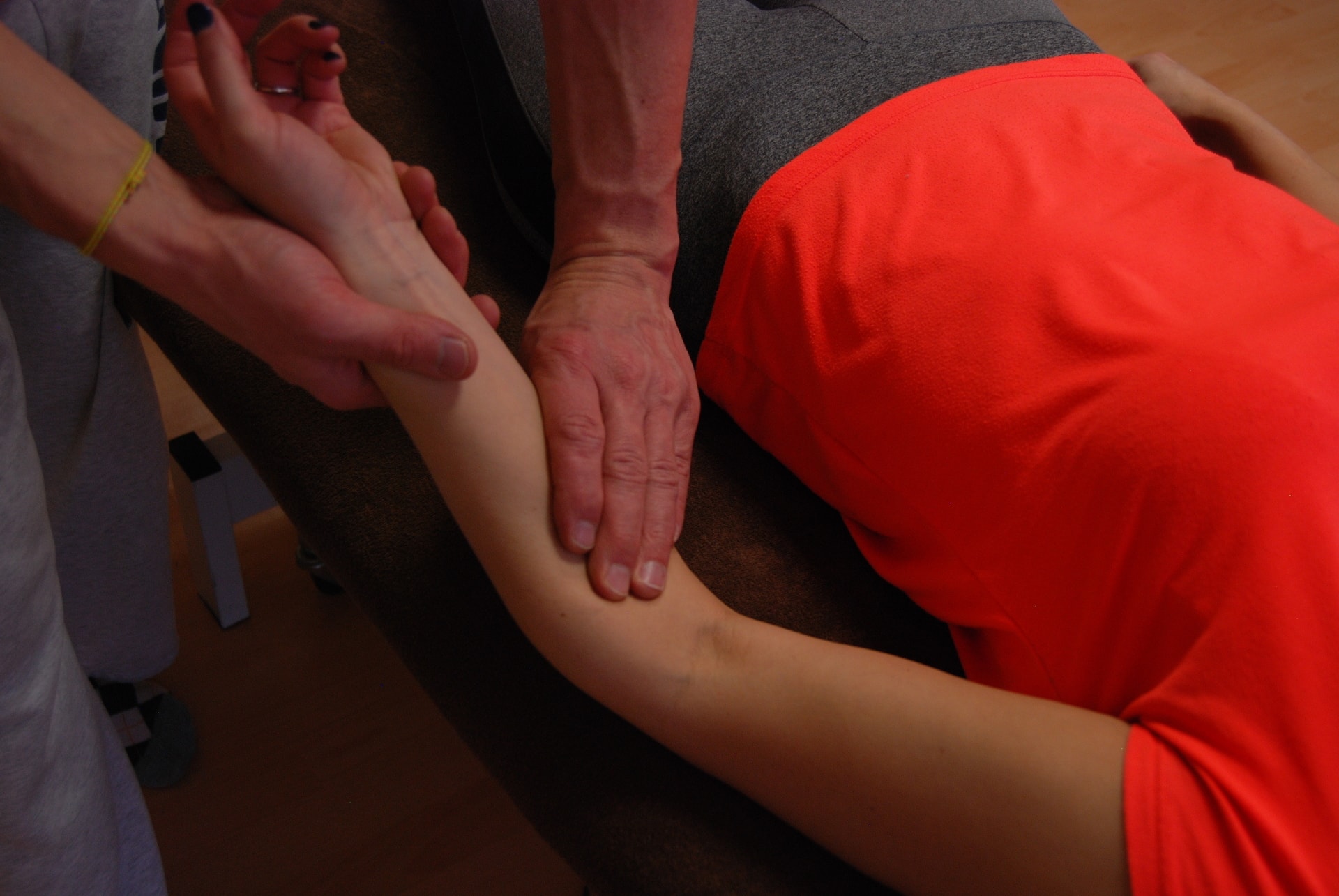What is fascial theraphy?

FASCIAL THERAPY
What is a fascial therapy?
Fascial therapy is a manual therapy that works gently and without manipulation on the fascia to restore muscles, joints and organs that may be difficult.
Fascia are thin, fibrous, plastic membranes that cover and surround the muscles, joints, bones, ligaments, arteries and internal organs. Thus, they form a grid that supports and connects all these elements together. With tendons and ligaments they are part of the connective tissue.
When it is healthy, the fascia is relaxed and the skin moves smoothly. Sensitive to stress, bad postures, shocks and injuries, fascia can harden, shrink, and even create "adhesions", which hinders freedom of movement and joints. These obstacles can lead to muscle pain, spasms and tension, followed by muscle and joint discomfort, body balance and poor lymphatic circulation.
Fascial therapy is used to help people with musculoskeletal disorders, such as tendinitis, sciatic nerve problems, or low back pain. Therapists also recommend it for rehabilitation as a result of injury or to relieve circulation disorders during pregnancy or postpartum.
STECCO FASCIAL HANDLING
Luigi Stecco stressed the importance of the team in the treatment of musculoskeletal disorders. After thirty years of practice, he developed the technical basis of a new rehabilitation method, which sees his subject in bone and joint and visceral discomfort.
FDM (Fascial Distorcion Model)
It is a method of treatment of fascial disorders. It was created in the early 90s of the twentieth century, and its creator is an osteopathic doctor Stephen Philip Typaldos. Other names for this method are Orthopedic Medicine and Typaldos Manual Therapy (TMT).
The FDM method is based on the assumption that the fascia fascia is the main cause of the dysfunction of the motor organs. The key element of the diagnosis is the body language expressed by six fascial strains. The FDM method is characterized by high effectiveness in the treatment of injuries such as sprains, dislocations, and muscle tears. It is used in sports injuries and other orthopedic conditions.
KINESIOLOGIC TAPES
Therapeutic self-adhesive bandage, in English: tape or taping, is a physiotherapy treatment proposed to relieve functional discomfort and pain in benign muscle and joint disorders. Self-adhesive tapes also allow for flexible holding.
Kinesio-taping is for everyone (sport, sedentary lifestyle, baby, pregnant women, etc.), and these small wristbands really allow you to extend your treatment by working 24 hours a day.
How is kinesiology recorded?
Kinesio-taping will help lift the skin slightly and generate curls, that is small waves that will allow more space.
Effects.
- Reduced stress on subcutaneous mechanoreceptors
- Improved circulation of blood and lymph
- Optimization of joint function
- Action on different structures



